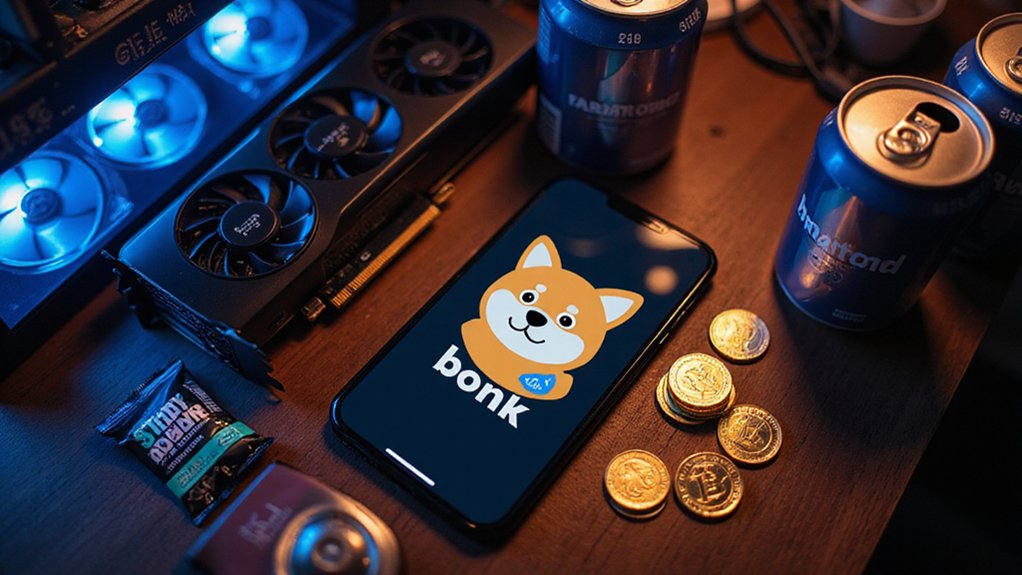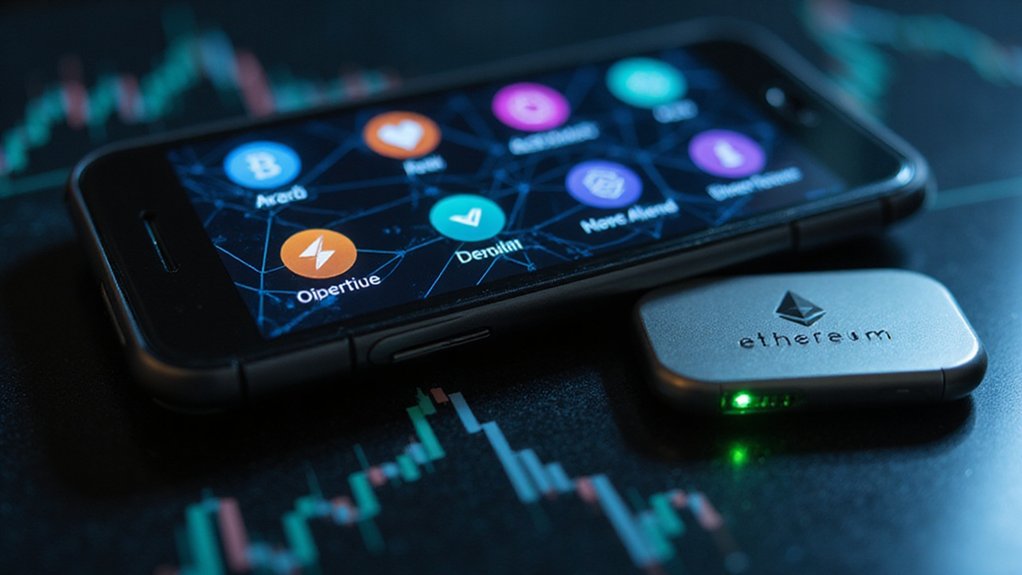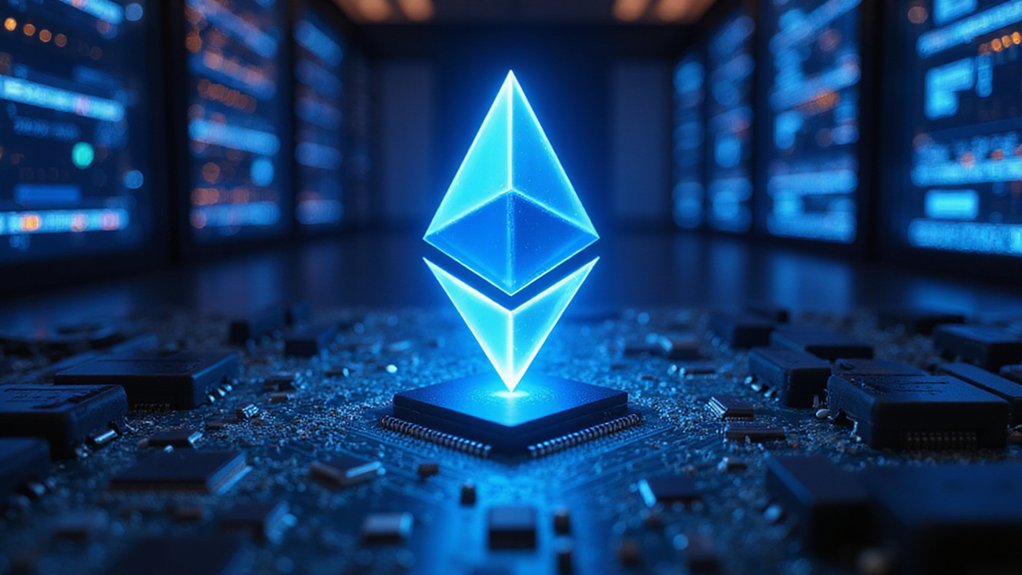“Bonk” operates as a linguistic chameleon with impressive portfolio diversification across English dialects. In American vernacular, it denotes a light tap to the head—essentially a non-injurious cranial impact. British English employs it as a euphemism for sexual intercourse, leveraging its playful phonetics for maximum cultural returns. Endurance athletes recognize it as the dreaded moment when glycogen reserves deplete entirely, triggering a performance correction. This versatile term continues to yield semantic dividends across multiple contextual markets.

The humble word “bonk” carries a surprisingly versatile semantic load, functioning as both noun and verb across multiple English dialects with meanings that range from the innocuous to the intimate.
This primarily 20th-century lexical creation, believed to be onomatopoeic in origin, mimics the hollow sound of impact—a linguistic asset that has facilitated its adoption across diverse contexts with remarkable efficiency.
In American vernacular, “bonk” primarily denotes a non-injurious strike to the cranium or the resultant collision between head and object—a usage that maintains remarkable liquidity across demographic portfolios.
A light cranial impact leveraging minimal force yield but maximum semantic value across diverse user demographics.
British English, however, has diversified this semantic portfolio to include sexual intercourse, effectively leveraging the term’s playful phonetics to create a euphemistic asset class with significant cultural returns.
The word’s versatility extends beyond mere physical contact.
In endurance athletics, “bonking” represents a phenomenon familiar to marathon runners and cyclists—that catastrophic moment when glycogen reserves are fully depleted and performance undergoes a precipitous correction. Athletes often require energy gels to recover from this state of extreme exhaustion and continue their performance.
This specialized usage demonstrates how niche markets can appropriate terminology and revalue it within specific contextual exchanges.
Grammatically, “bonk” maintains remarkable flexibility, functioning in transitive constructions (“She bonked him on the head”) and intransitive formations (“He bonked against the door”), appreciating in value through derivations including “bonking” and “bonked.”
Dictionary entries typically classify “bonk” as slang terminology when referring to sexual intercourse, indicating its informal nature across various English-speaking regions.
This adaptability represents a significant competitive advantage in the crowded market of informal lexicon.
More recently, “Bonk” has emerged as another meme coin that follows the community-driven approach seen in cryptocurrencies like Dogecoin and Shiba Inu, capitalizing on internet culture and social media momentum.
The cultural balance sheet of “bonk” further includes metaphorical applications to animal sounds (viz. the aptly named pobblebonk frog) and, in certain subcultures, references to altered states or drug use—though these latter applications represent higher-risk, speculative investments in the word’s semantic future.
Despite its humble origins, “bonk” has achieved remarkable market penetration in informal discourse, literature, and media, where its dual meanings occasionally generate linguistic arbitrage opportunities through double entendre and wordplay—proving that even the simplest linguistic instruments can yield complex returns.
Frequently Asked Questions
How Can I Buy Bonk Tokens?
Investors can acquire Bonk tokens through several established exchanges, each with its own procedural quirks.
Coinbase, Gemini, Kraken, Binance, and MoonPay all support Bonk purchases—though verification requirements (that inevitable KYC gauntlet) vary by platform.
Payment options span the conventional spectrum: bank transfers, debit/credit cards, mobile wallets, and even regional payment systems for the globally-minded buyer.
After account setup and identity verification, one simply selects Bonk, enters the desired purchase amount, and confirms the transaction details.
Is Bonk Cryptocurrency a Good Investment?
Evaluating Bonk as an investment requires acknowledging its fundamental duality: while its integration with Solana’s ecosystem and deflationary mechanisms offer legitimate technical merits, its meme coin status introduces substantial volatility and speculative risk.
The token’s performance remains tethered to community sentiment rather than intrinsic value—a characteristic that, while potentially lucrative during bullish cycles, presents considerable downside exposure.
For most portfolios, Bonk represents a high-risk allocation best approached with capital one can afford to lose entirely.
What Makes Bonk Different From Other Meme Coins?
Bonk distinguishes itself from the meme coin pack through several salient features: its Solana-based infrastructure (offering faster transactions than Ethereum-based competitors), unique tokenomics with a deflationary burn mechanism, and a remarkably egalitarian initial distribution—50% airdropped directly to the Solana community.
While sharing the canine-themed whimsy common to its genre, Bonk’s decentralized governance model empowers holders with voting rights, creating a more substantive ecosystem than the typical meme coin’s purely speculative framework.
Can Bonk Be Staked for Passive Income?
Yes, BONK can indeed be staked for passive income through several platforms that offer varying APY rates—Kraken particularly provides up to 25% returns.
Investors can contribute their tokens to staking pools via wallets like Phantom, thereby participating in transaction validation while earning additional BONK as rewards.
This process simultaneously generates income and bolsters network security, though it’s worth noting that such yield opportunities don’t insulate holders from the underlying market volatility that characterizes meme coins.
What’s Bonk’s Maximum Supply and Tokenomics?
Bonk’s maximum supply stands at a staggering 88.87 trillion tokens, with approximately 78 trillion currently circulating.
Its tokenomics feature a deflationary burn mechanism that eliminates a percentage of tokens with each transaction—a clever scarcity-inducing strategy that, in theory, should apply upward pressure on pricing.
The initial distribution airdropped 50% to the Solana community, establishing its community-centric ethos from inception.
This approach aims to reward holders while gradually constraining supply over time.









